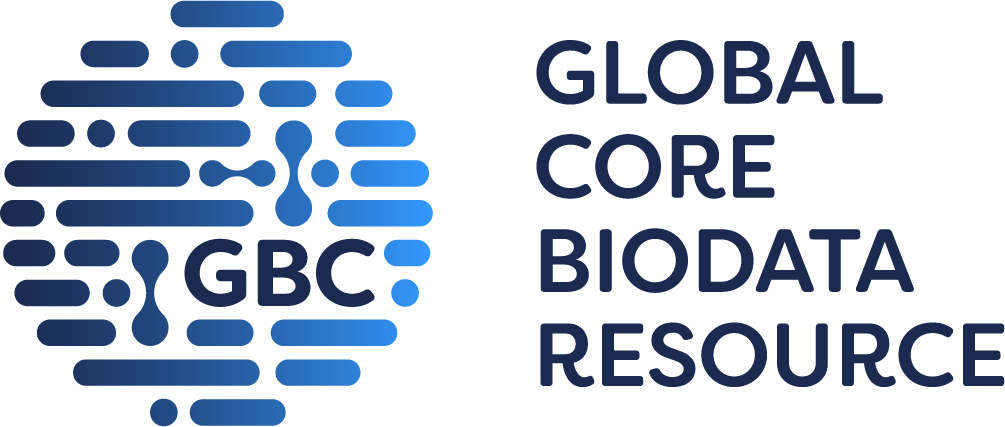
GtoPdb is requesting financial support from commercial users. Please see our sustainability page for more information.
Inhibitors of apoptosis (IAP) protein family: Introduction
Like caspases, certain IAPs provide molecular coupling between the pathways that initiate and regulate inflammation and innate immunity and apoptotic processes.
cIAP1 (BIRC2) and cIAP2 (BIRC3) are involved in regulating the noncanonical NF-κB pathway and are required for inflammasome assembly and caspase-1 activation [2].
XIAP modulates several signalling pathways, including NF-κB, MAP kinase and TGFβ signalling, and integrates cellular responses to diverse stimuli. In vitro, XIAP has been reported to interact with many known apoptosis mediators, such as JNK, TAK1, TAB1, TRAF6, and caspases-3, -7, and -9, but since XIAP-deficient mice don't have overt apoptosis defects, its role in vivo is unclear [1], although redundancy in the protein family cannot be discounted (cIAP1 and cIAP2 are upregulated in XIAP null mice).
The endogenous cIAP inhibitor SMAC (second mitochondrial activator of caspases), targets cIAPs for degradation, which results in spontaneous activation of the NF-κB pathway, and TNFα-dependent apoptosis. SMAC mimetics are used as cIAP antagonists [4-5], for potential application in cancers with upregulated cIAP activity.
References
1. Harlin H, Reffey SB, Duckett CS, Lindsten T, Thompson CB. (2001) Characterization of XIAP-deficient mice. Mol Cell Biol, 21 (10): 3604-8. [PMID:11313486]
2. Labbé K, McIntire CR, Doiron K, Leblanc PM, Saleh M. (2011) Cellular inhibitors of apoptosis proteins cIAP1 and cIAP2 are required for efficient caspase-1 activation by the inflammasome. Immunity, 35 (6): 897-907. [PMID:22195745]
3. Salvesen GS, Duckett CS. (2002) IAP proteins: blocking the road to death's door. Nat Rev Mol Cell Biol, 3 (6): 401-10. [PMID:12042762]
4. Varfolomeev E, Blankenship JW, Wayson SM, Fedorova AV, Kayagaki N, Garg P, Zobel K, Dynek JN, Elliott LO, Wallweber HJ et al.. (2007) IAP antagonists induce autoubiquitination of c-IAPs, NF-kappaB activation, and TNFalpha-dependent apoptosis. Cell, 131 (4): 669-81. [PMID:18022362]
5. Vince JE, Wong WW, Khan N, Feltham R, Chau D, Ahmed AU, Benetatos CA, Chunduru SK, Condon SM, McKinlay M et al.. (2007) IAP antagonists target cIAP1 to induce TNFalpha-dependent apoptosis. Cell, 131 (4): 682-93. [PMID:18022363]
How to cite this page
To cite this family introduction, please use the following:
Inhibitors of apoptosis (IAP) protein family, introduction. Last modified on 15/02/2017. Accessed on 05/12/2025. IUPHAR/BPS Guide to PHARMACOLOGY, https://www.guidetopharmacology.org/GRAC/FamilyIntroductionForward?familyId=889.








